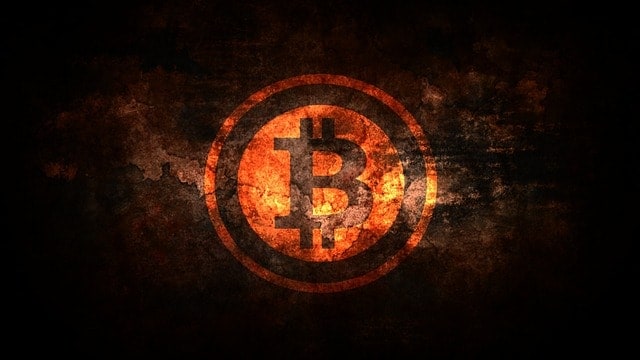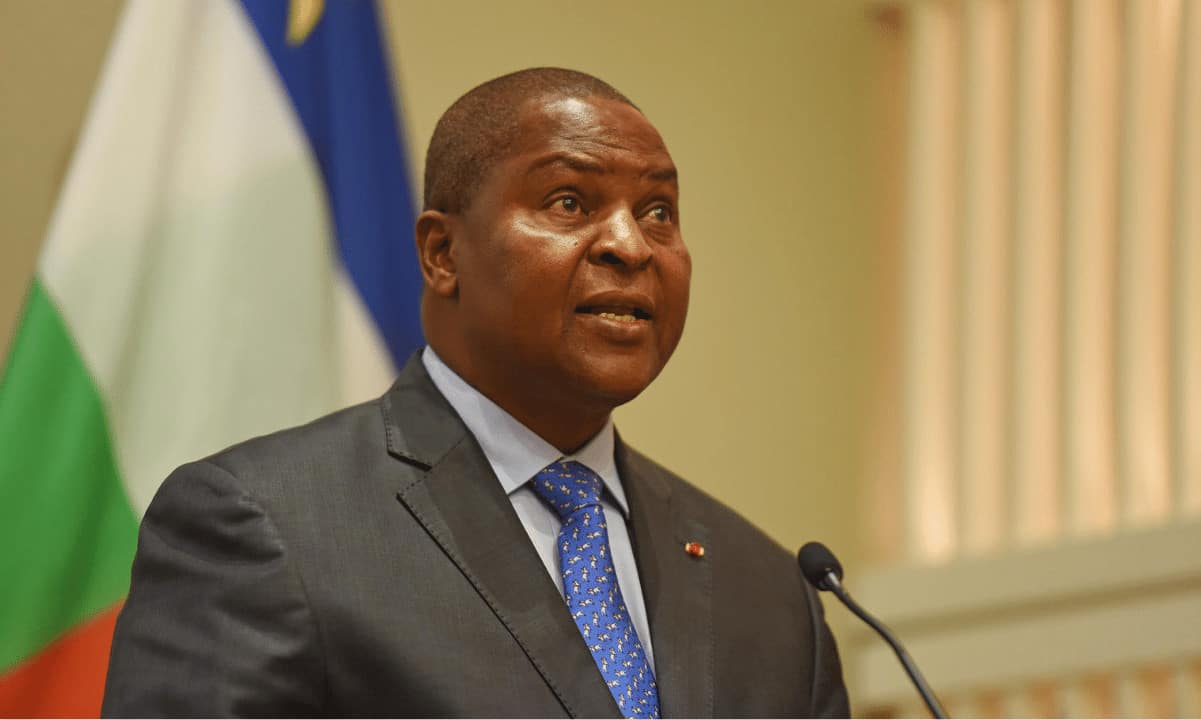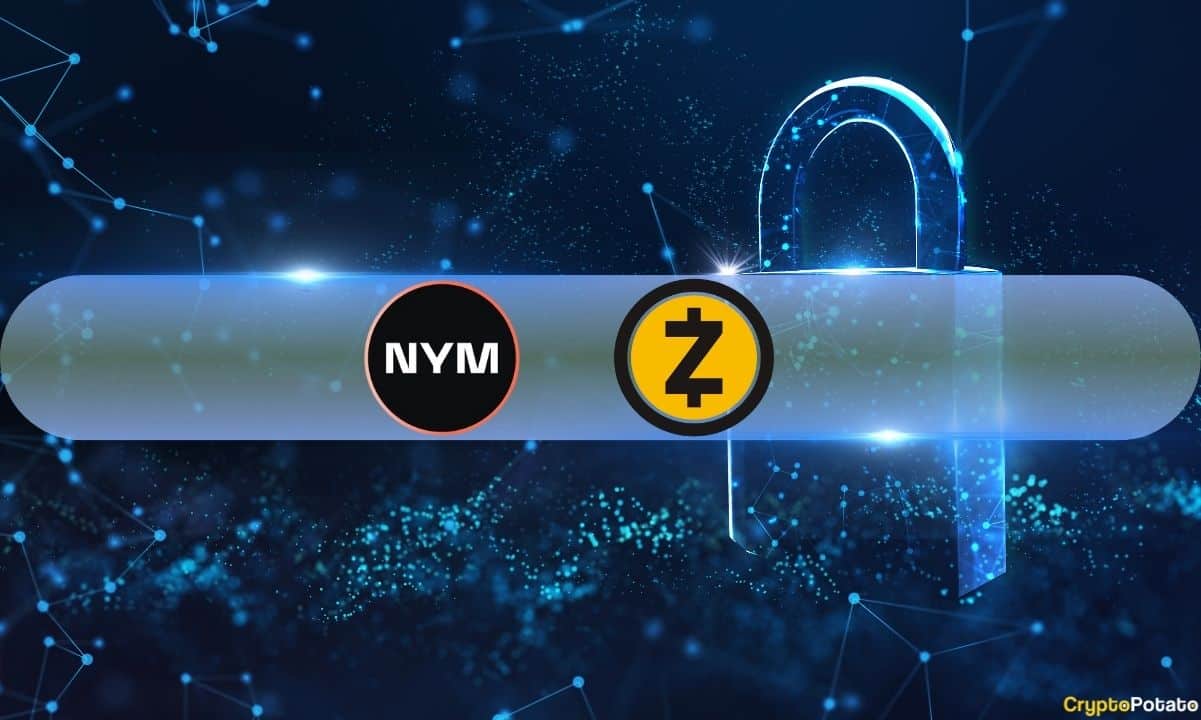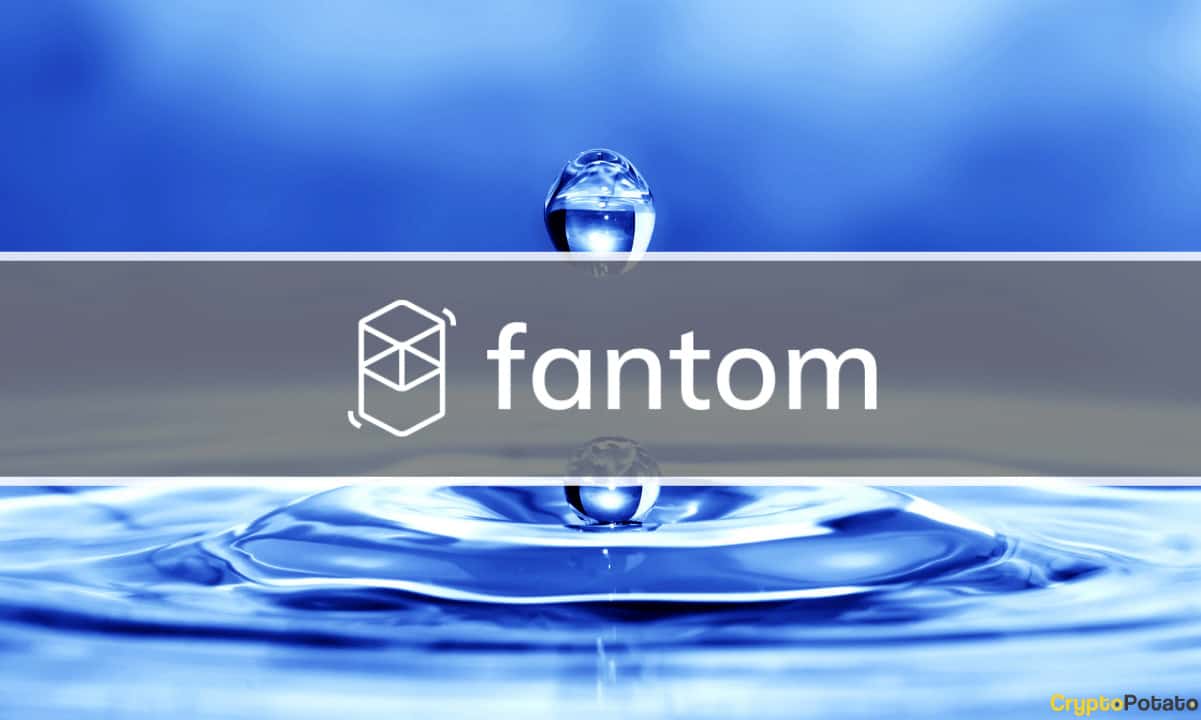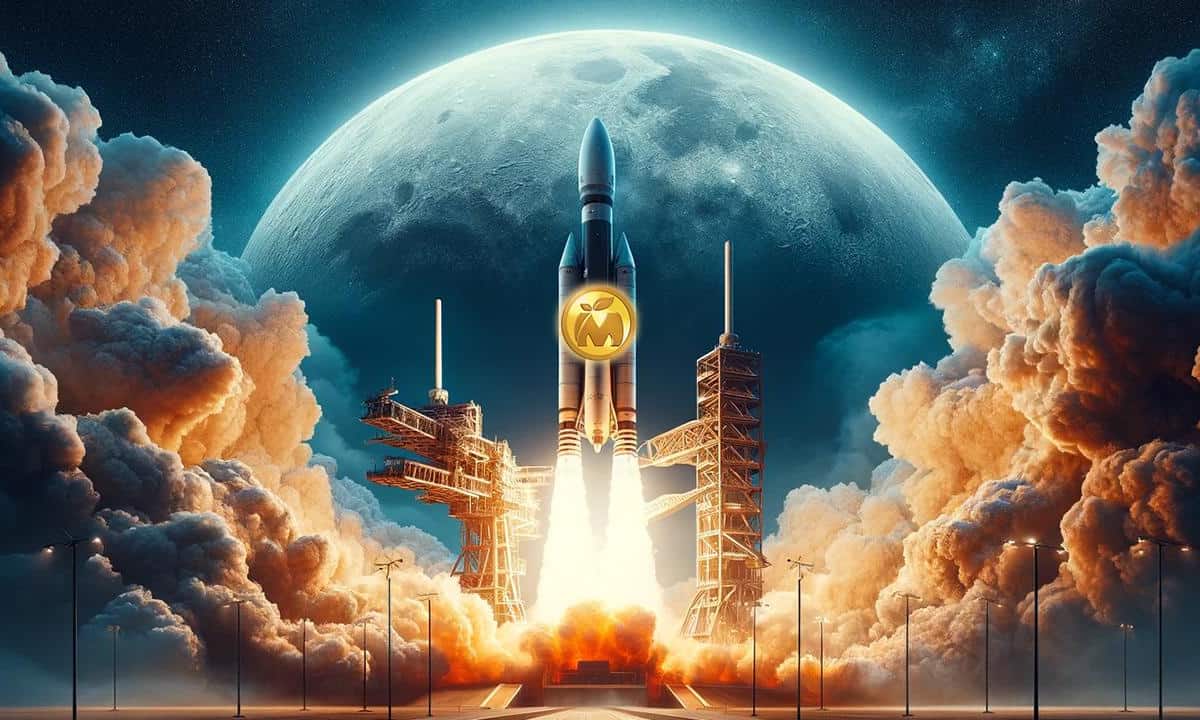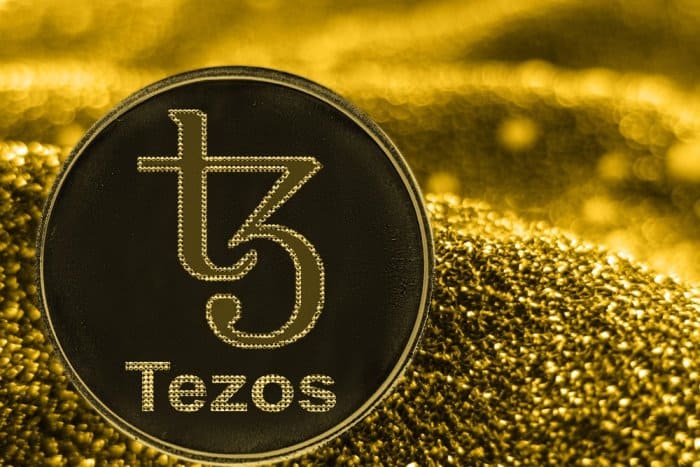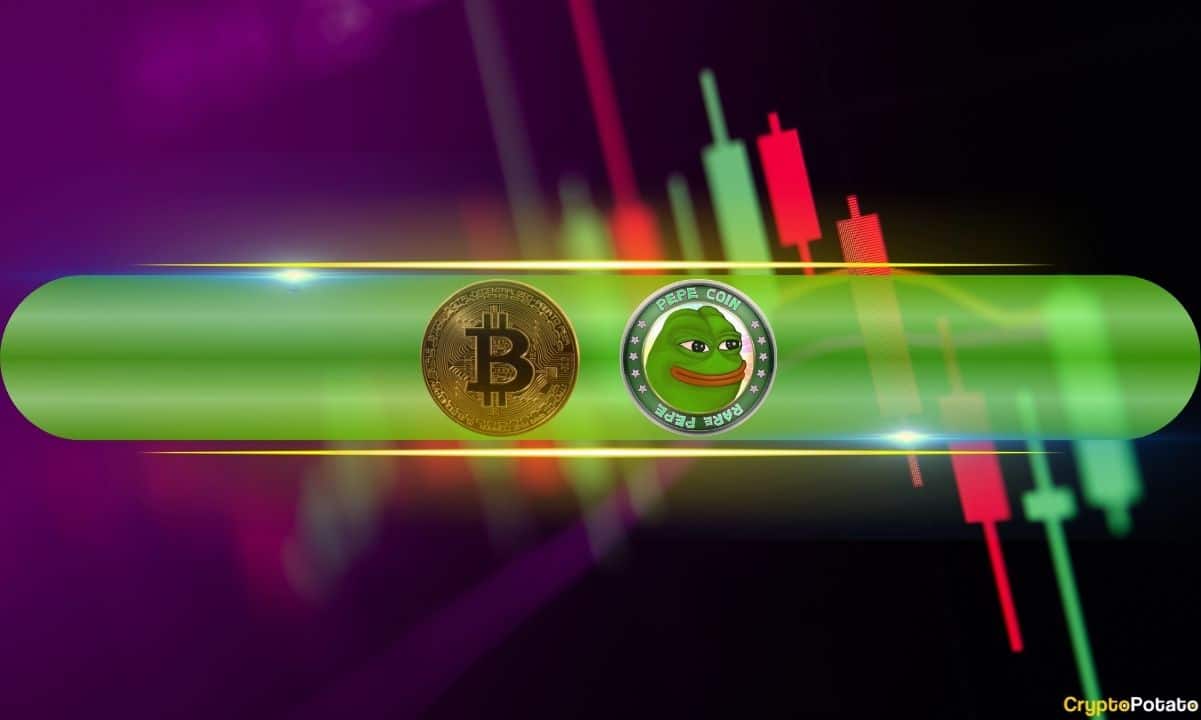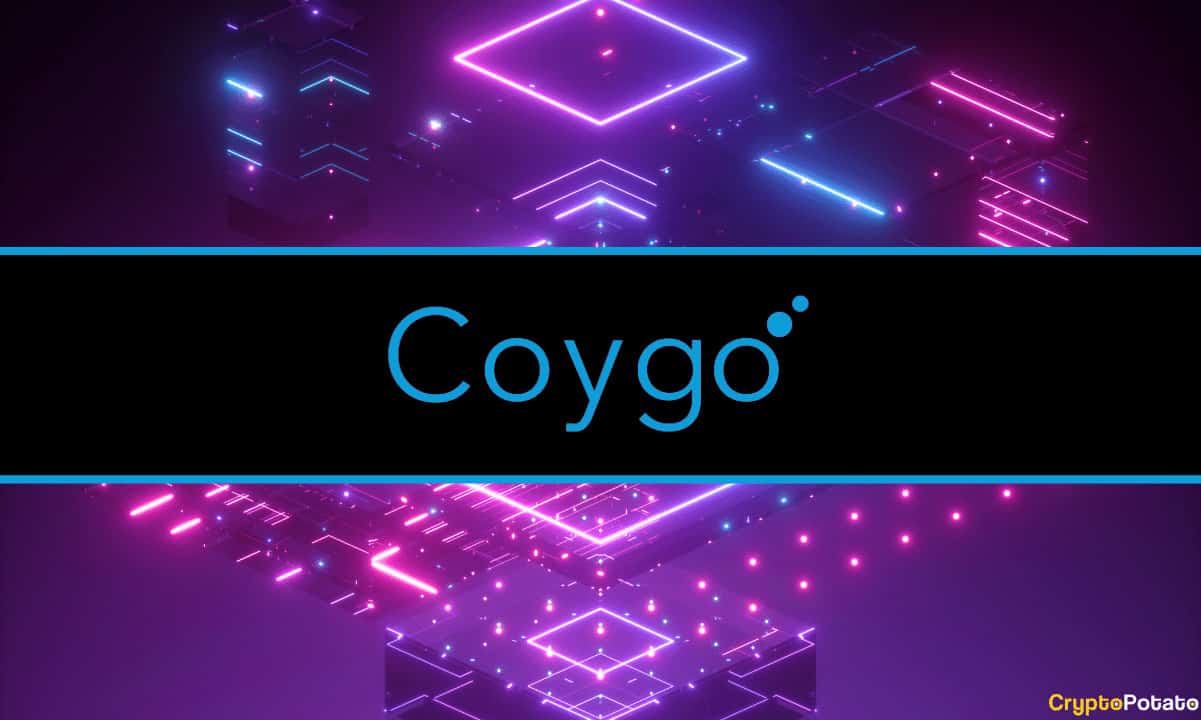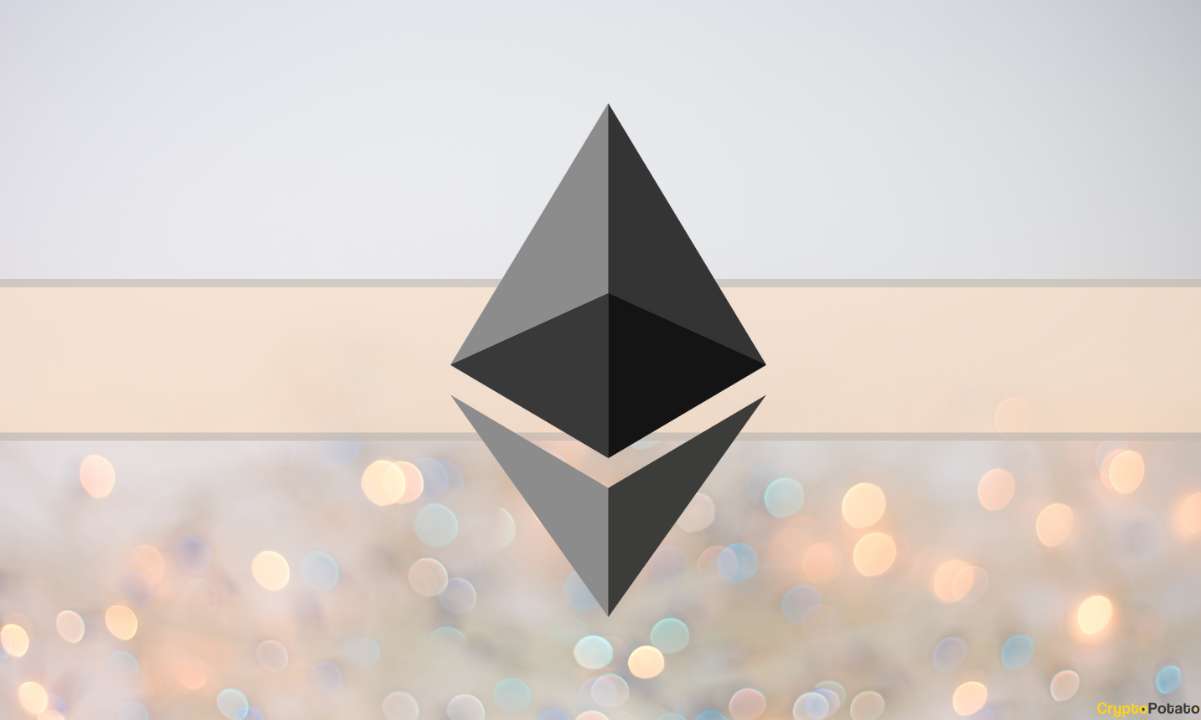NEO Aims to Penetrate the Gaming Industry: Special Interview
NEO is one the most well-known cryptocurrencies, with an over one billion-dollar market cap, it is about to celebrate two years for its Mainnet. We had the honor of talking with Zhao Chen, the general manager of the NEO Global Development (NGD). Zhao introduced the NEO project and the developer’s community, which is one of the most special communities that exist today. We talked about gaming DAPPS on the blockchain, about security tokens, and how NEO is planning to penetrate regulation.
Enjoy!
What does it mean to be a General Manager at the NEO Global Development Project?
The NEO is a community-driven project, and we have a developer community all over the world. We also have 30 to 40 full-time people in our Shanghai office for our new global development (NGD) team. Our mission is to undertake the strategy execution for the NEO ecosystem growth on behalf of the NEO foundation.
For the ones who don’t know the NEO project well could you explain what NEO is, and its main advantages?
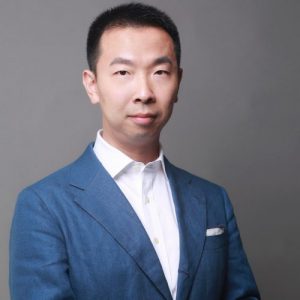
NEO was initiated in 2014 and started on GitHub in 2015, the mainnet launched in October 2016, and we’re already approaching our two-year anniversary. The founders are Erik Zhang and Da Hongfei. Today, the NEO blockchain is one of the most widely used and up and running blockchain projects. It doesn’t use the Proof of Work mechanism. Instead, it applies the Delegated Byzantine Fault Tolerance (dBFT). We also have a dual-token model which consist of NEO and GAS. NEO is used for governance and GAS for utility purposes.
As a NEO token holder, you can be part of the governance and can vote on your preferred consensus note. With a GAS token, you can make a smart contract deployment. So, both dBFT and the dual-token model mechanism are unique in the whole ecosystem. Even though a lot of blockchain protocols are claiming to enable the functionality of smart contracts like NEO, none of them, as far as I know, are based on dBFT and apply the dual-token model.
We have a unique smart contract system. It uses a virtual machine which is totally different to existing virtual machines. It’s open source so everyone can check out the functionality of the NEO smart contract. It is different to Ethereum which only enables the Solidity programing language. NEO enables developers from different programming language backgrounds to write a contract in C##, Microsoft.net, Java, Kotlin, Go, and Python.
In a market of 20 to 50 billion dollars a year this could be huge
Why do you think there is so much potential and hype around the gaming DAPP’s on the blockchain? And how NEO is going to implement it?
NEO was never planned to be used for a specific scenario or business. It was designed in the whitepaper as infrastructure for the smart economy. We believe that in the future digital assets will cover so many areas we can’t even imagine. But from today’s point of view, the lowest hanging fruit within the space are native digital assets, and games are already in a digital form on your laptop or your phone. These are areas that are quite easy for game developers and game players to adopt.
One of the game developers major pain points is funding. Games are not always a profitable field, and game development costs a lot of money. So, crowdfunding in games is the number one creative option where we think that blockchain can help.
A second pain point is a centralized database versus distributed ledger technology. What if a centralized enterprise decided to shut down their server? Your game playing history and game assets would be lost forever. Distributed Ledger Technology (DLT) solves that problem because you can upload your virtual assets into the blockchain, this makes it immutable, tradeable, and transferable to other entities or even to other ledgers. That means you won’t lose them. From a financial point of view, it will improve the liquidity for the whole virtual goods transactions in the gaming industry. In a market of 20 to 50 billion dollars a year this could be huge.
For blockchain-based games, we already have a ready to use Integrity Development Environment (IDE). It’s for game developers to use so that they can just release their games in both the traditional form and on the NEO blockchain. It makes their job easier and hopefully helps them, and the gamers.
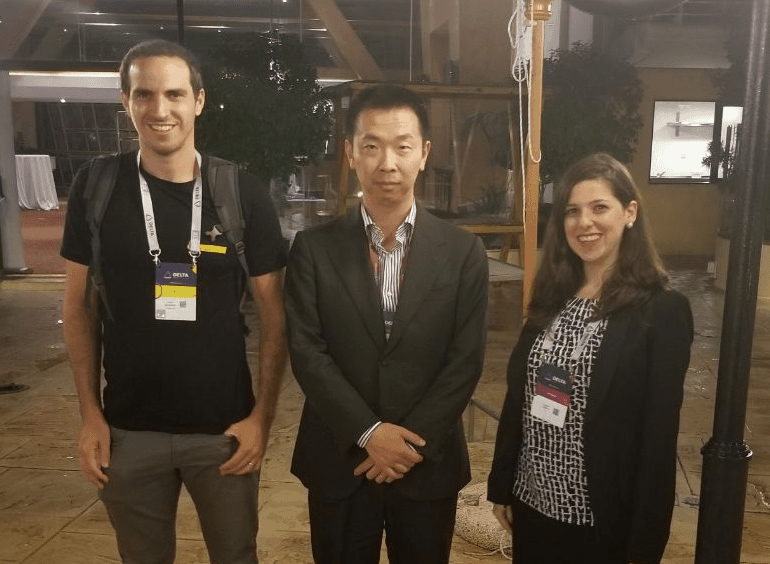
Laws are written in text form. They are essentially not explained digitally. Transferring that logic into software or digital form is a constant effort.
How do you see the future of security tokens regarding mass adoption and regulation? How is the NEO project going to be involved?
I believe we can facilitate many more industries. Just to re-emphasize that gaming and security tokens are just the two piloted areas.
Regarding the security token, the critical market today is the financial market, and we must admit it’s not regulated. We need to bring more compliance practices, more institutional players, and wider adoption of blockchain technology. These three points are preconditions of each other.
We need to get started, obviously providing such a security token infrastructure level protocol is a great idea to convince many more people that NEO is fundamentally designed to serve the whole world, especially the financial market as a kickstart. The financial market is obviously the place which has the smart money, and smart people are seeking profit and high liquidity.
So why is NEO particularly useful for that? Personally, I have Bitcoin and Ether and other types of tokens, and I think they are all great. However, there’s a big difference between NEO and BTC and ETH. NEO was designed from day one to have NEO ID. NEO ID is not a service. It’s not a KYC service. It’s not an application, it’s an infrastructure level design so that NEO tokens and GAS tokens or even the whole NEO ecosystem can have PKI or Public Key Infrastructure – x.509. That means we can bring our real-world compliance practices into the blockchain. Because only if you have your token digitally signed can you prove that you can have further compliance practices. I don’t think other blockchain projects have such an approach. Other projects will have ID applications, but they are not at the infrastructure level.
There is an essential design mentality philosophy difference, and I think we are a better fit for all regulators, lawmakers, and people in the space to understand how we can better serve the financial market from a security token perspective.
Gaming on blockchain and security tokens is one of the two focuses that we have, and obviously, everything that has to do with the ecosystem growth and working on the blockchain infrastructure level itself. So, two of the things that we are also looking at are the ongoing ecosystem growth and DAPP understanding or improvement for the infrastructure layer.
Any steps for regulation?
We went to the European Parliament earlier this year. From late 2017 we started meeting different levels of different government officials around the whole world. It’s slow progress, and the biggest challenge is always about existing jurisdictions. Laws are written in text form. They are essentially not explained digitally. And transferring that logic into software or digital form is a constant effort. Also, for each jurisdiction laws are also having updates. For example the AML5 directive I’m dealing with in Europe which is going to take effect in a few months. So, new laws coming up and hopefully, there will be new implementations.
It takes a lot of effort, and we all have to have the patience to work with multiple parties to get started. Within the ecosystem, some of the institutions are getting started on different applications and implementations. Either ID, PKI or even the security token standard. At least developers are looking at this field and realizing that smart contract-wise NEO is the same efficiency, at least.
NEO is a community-driven project, especially with the developer community
Can you tell us about the NEO community, and can you also explain the idea behind the City of Zion organization?
The NEO project has many different communities spread around the world. The City of Zion is no different. It’s is one of the biggest in terms of attendees or the people numbers. Each community has its own advantages and coverage. The City of Zion has a global presence, in addition, we have other communities which are based in China. Another community is NEO Research which is based in Brazil in South America and Red Pulse which is based in Spain, Europe.
NEO is a community-driven project, especially with the developer community. The core developers and developer communities are the founding pillars of our ecosystem. All the projects’ updates are mostly contributed by them on the GitHub open source system. This has huge growth potential, and it could be exponential, it could be bigger than institutional development. The NGD team in Shanghai serves to grow the community, and we also do our own R&D in-house.
The uniqueness of having an open source project MIT license with all the code being up and on GitHub is that anyone no matter where they are can contribute code to that vision of the smart economy. Where it is based on digital identity, digital assets, and small contracts and is something that is unique in the space. And we look forward to having as many talents with various backgrounds, nationalities, and skills join the global efforts.
China banned ICOs and exchanges, yet they embrace technology and understand its fundamental value. Can you tell us about the experience of managing the NEO project in such a place?
First, I am a Chinese citizen based in China. I fully appreciate what the government did for encouraging the technology. And also, I think there are reasons that crypto or Bitcoin or token trading is banned. First of all, China has a capital control policy. Secondly, they wanted to avoid scams or Ponzi’s that would cheat a lot of people out of retirement money. So, I think these are good intentions and movements for protecting individuals in China. From the other side, technology is encouraged and not just blockchain but also AI, Big Data, cloud services, etc. These are all very much encouraged. The different government divisions within China are aware of blockchain technology, and they encourage the use of the technology.
Many people are confused about the differences of NEO from Onchain and Ontology. Could you help us understand the main distinctions between those projects?
Let’s look at the history and the time sequence. There was NEO first of all. As the team grew, there were institutional or government requests coming along asking the team to provide services to consulting services like Blockchain Proof of Concept (PoC). The team understood that they needed to pivot into a company. They created a company entity called Onchain which is a blockchain solution entity. As Onchain was progressing one government project that was completed and delivered in a province in China, with a population of millions, is called Identity Chain. With that kind of experience, you can call it the distributed trust network which later became Ontology.
So, Ontology is a foundation in the same way as other projects. It is managed by a foundation and Onchain still acting as a solution company. So right now Onchain is providing services to Ontology, but Onchain still provides services to other entities too.
Can you tell us about the next milestones or any announcements you want to make?
We do have three hackathons coming on board in Amsterdam, Berlin, and Zurich in October and November. And we are looking forward to working more closely with all the developers around the World, no matter where they are. We have ten types of documentation language, including English, Chinese, Japanese, Spanish, and Portuguese. We would love to have more – so that we can have more developers getting involved in the crypto space. Apart from that, we will just fall back to GitHub for pull requests.
The post NEO Aims to Penetrate the Gaming Industry: Special Interview appeared first on CryptoPotato.

